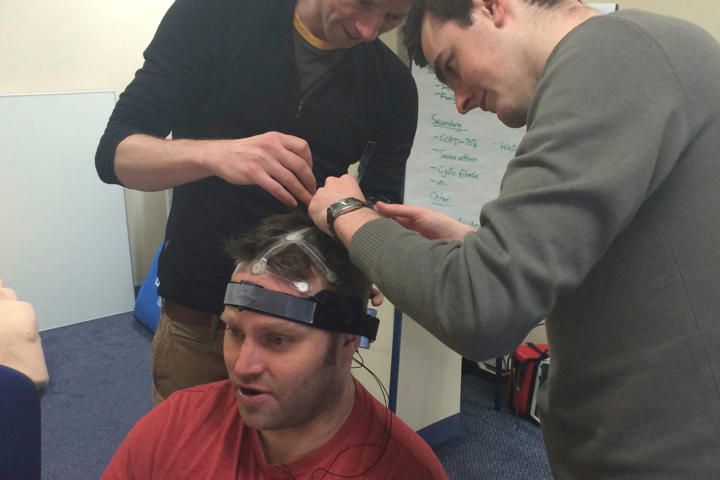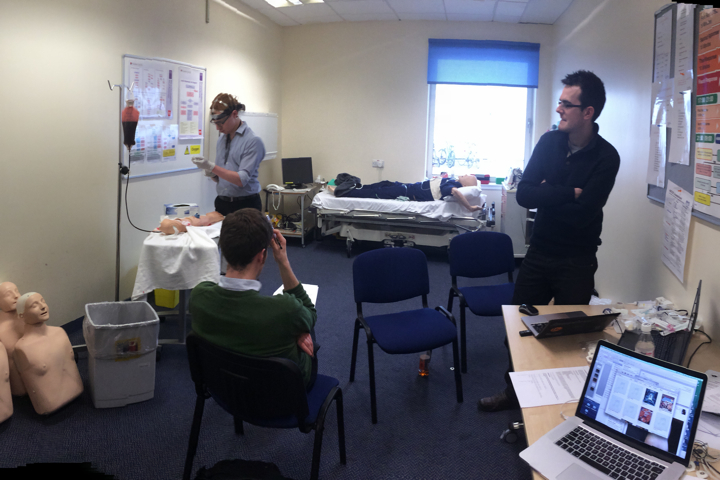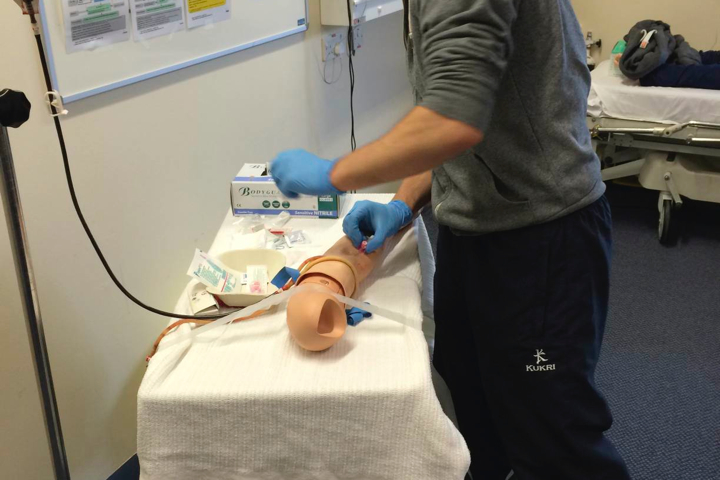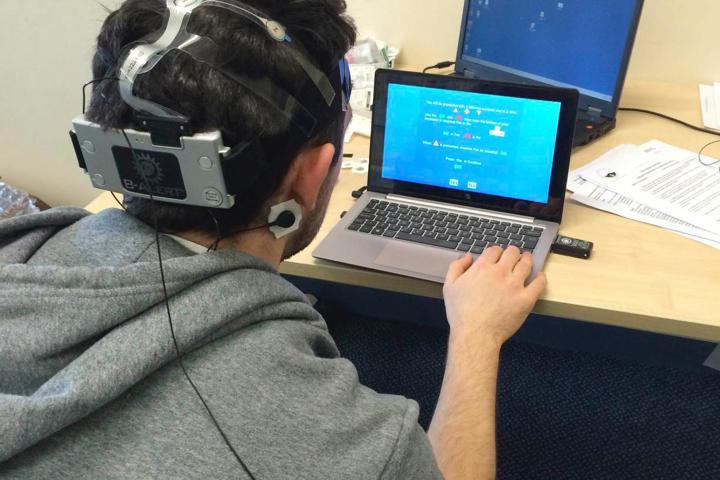Brainwave – can EEG be used to measure team members’ cognitive load during resuscitation?
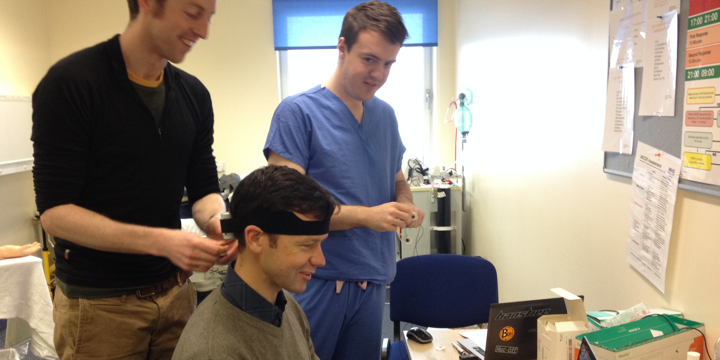
The RRG is trialling the use of the B-Alert EEG (Biopac Systems). This kit claims to provide a range of ‘Cognitive State Metrics’ via 9-channel EEG monitoring. The non-invasive cap sends wireless signals to a base unit for analysis – but will it help train expert resuscitation teams?
Within the acute setting patient data is often chaotic, of variable quality and represents an evolving process in which the clinician attempts to impose structure to inform patient management. In a time critical resuscitation, the demands of managing yourself, the team and the environment can exceed the capacity of available working memory – there’s just not enough ‘headspace’. Cognitive load theory seeks to resolve multiple domains of knowledge, skills and behaviours within a complex medical environment into a cohesive and robust management strategy. Application of this theory during instructional design may enable learners to optimise their ability to manage tasks within complex chaotic clinical environments.
Dr David Lowe, assisted by Scott James and Adam Lloyd are running a series of pilot experiments using the B-Alert system over the next few weeks to see whether it gives us a reliable measure of when ‘headspace’ has been filled – when cognitive load is high. This might help to design better training strategies for better teams.

